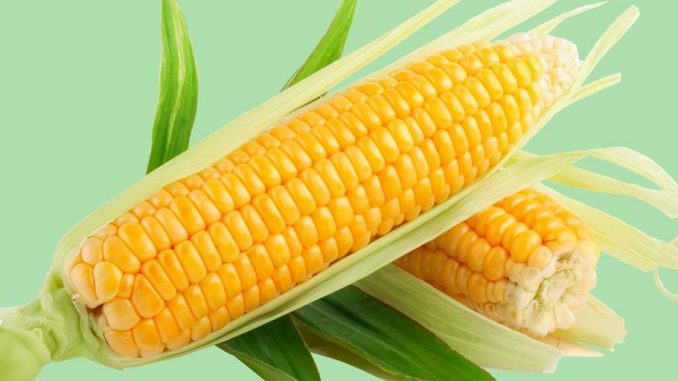Argentina Dominates Peruvian Corn Market by Far

Corn might not be initially from Peru, as historical records point to Mexico being the birthplace of Corn. However, Peru certainly contributed to the development of Corn, with around 50 or more distinct variations of Corn hailing from the country. The country grows wide varieties of Corn, and it is produced mainly by small farmers with limited access to technology, which results in very low yields. The two most important varieties are starchy Corn for human consumption and yellow Corn for animal feed. The average feed Corn yield in CY 2021 was 5 tons per hectare. With these inefficiencies, it is extremely difficult for producers to compete with other suppliers in the region.
It is grown mainly in the regions located in central Peru, such as Pasco, Junin, Cuzco, and Apurimac. In the marketing year of 2022/2023, Corn production is forecast at 1.7 MMT, a slight increase from estimated levels of the previous year due to favorable weather conditions, record high international prices, and increasing demand from the animal feed industry. However, local Corn producers are struggling due to high production costs, low productivity, and lack of access to improved technology, such as genetically engineered seeds.
Domestic Corn consumption in the marketing year of 2022/2023 is forecast at 6 MMT, an increase of three percent from the previous year. About 70 percent of the yellow Corn is used for chicken feed in Peru’s poultry farms, which currently number over 1,000. There are so many non-registered poultry farms that are causing a problem that becomes more evident when poultry prices are high. These unregistered producers, who do not pay taxes, account for roughly 25 percent of poultry meat production.
Recently, Peru has been facing an increase in commodity prices, such as Corn and soybeans, due to Peruvian Sol (national currency) which has been losing value since the fall of 2020 due to Peru’s political uncertainty and pandemic-induced economic hardships. As a result, Corn prices increased an average of 43 percent in CY 2021, with peaks of 77 percent at the beginning of the year.
The country’s Corn imports in MY 2022/2023 are forecast at 4.1 MMT, an increase of three percent from the previous year. Total Corn imports in MY 2020/2021 were 3.7 MMT, of which 80 percent originated from Argentina and 17 percent from the United States. Corn exports from the United States dominated the market in Peru for several years as a result of the trade preferences granted by the United States. According to Agflow data, Argentina shipped 3.9 million tons of Corn to Peru in 2021-2022, followed by the United States with 0.8 million tons.
Since 2020, the United States Corn has entered Peru duty-free. Peru’s unilateral elimination of import tariffs on most commodities in 2011 eliminated many of the trade advantages afforded by the US-Peru Trade Promotion Agreement. This exclusion from the price band system makes US Corn more competitive in the Peruvian market at low international prices. However, high global prices since MY 2019/20 lowered the surcharge to zero, giving Argentine Corn an advantage over US Corn.
Also, Peru established a ten-year moratorium on planting genetically engineered crops, including Corn, in 2011. This moratorium prevents producers from being able to choose to cultivate genetically engineered varieties that could assist them in overcoming production challenges such as climate change. The moratorium was extended in January 2021 for another 15 years to December 31, 2035, which will continue to hinder Peruvian producers’ ability to improve their competitiveness.
Read also
Wheat in Southern Brazil Impacted by Dry Weather and Frosts
Oilseed Industry. Leaders and Strategies in the Times of a Great Change
Black Sea & Danube Region: Oilseed and Vegoil Markets Within Ongoing Transfor...
Serbia. The drought will cause extremely high losses for farmers this year
2023/24 Safrinha Corn in Brazil 91% Harvested
Write to us
Our manager will contact you soon



